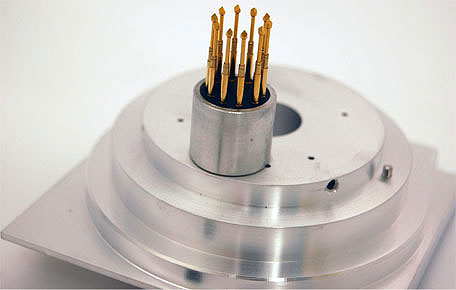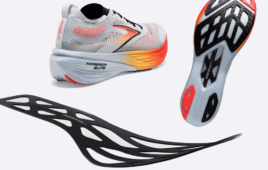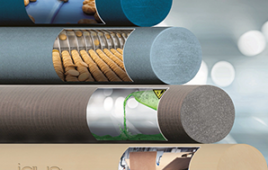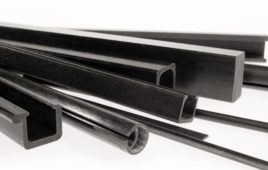Semiconductor fabrication continues to challenge and push the realm of automated, ultra-clean manufacturing. The slightest amount of contamination, from ambient air to dust, could scrap a $100,000+ wafer.
Glass-to-metal (GTM) hermetic seals for wire feedthroughs have been the usual option for transmitting power, control and monitoring signals. But these seals can be constrained in size, geometry, deflection breakage and shielding options.

Engineered epoxy seals, on the other hand, can route through tight angles and curves, handle any kind of shielded wire or cable and tightly seal in any shape of feed through. Epoxy-based feed throughs have not always been seen as a viable alternative to glass-metal and ceramic-metal alternatives, but the space constraints and shielding requirements of today’s fab lines is renewing interest.
Epoxy sealed feed throughs easily handle a -40°F to 225°F temperature environment, such as the ones commonly encountered in semiconductor manufacturing and where an ultra-clean vacuum chamber is top priority.
In a feed through bulkhead hole, for example, to get the number of conductors required into the chamber, a typical round, threaded hole may not be able to get the job done. The space available in the vacuum chamber may be unique, requiring square, rectangular or triangular feed throughs – shapes that challenge rigid glass or ceramic seals. Epoxy feed throughs can easily be adapted to any shape required, with no compromise in sealing effectiveness.
Douglas Electrical Equipment Company
www.douglaselectric.com
::Design World::
Filed Under: Adhesives • epoxies, Semiconductor manufacture, Seals • O rings, Materials • advanced, Seals





Tell Us What You Think!